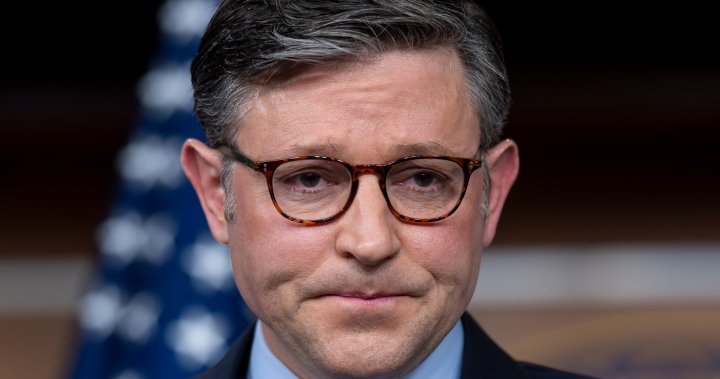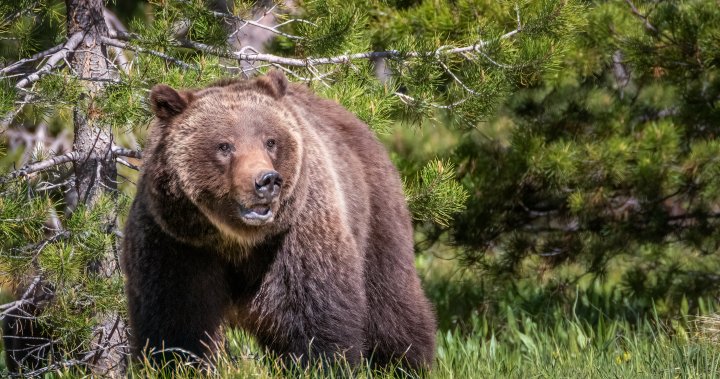With Halloween just a week away, trick-or-treaters in Canada are in store for smaller chocolate treats and more non-chocolate candies as high cocoa prices continue to spook candy makers.
With the cost of the main ingredient in chocolate going up, companies have had to hike their prices, reformulate and even resort to “shrinkflation” — when the product gets smaller, but the price remains the same.
To avoid the high cocoa costs, U.S. confectionery companies are stocking store shelves with fewer Halloween chocolates and doubling down instead on cheaper gummies and licorice such as Mondelez’s Sour Patch Kids and Hershey’s Twizzlers ghosts, according to market research firm Circana.
The shift to gummies, licorice and flavoured crèmes comes as chocolate makers face shrinking margins and slowing sales.
Chocolate-covered Sour Keys sold by Ontario-based company Mill Creek Chocolates.
Photo credit: Latasha Millette Photography
Companies are having to adapt so they don’t lose out on those Halloween sales, said Mike von Massow, a food economist at the University of Guelph.
“Halloween is a big deal for candy companies. It’s a big bump in sales,” he told Global News in an interview.

“Companies are strategically saying if they’re (customers are) going to choose not to buy chocolate, we better have something that they can choose or we’ll lose out on this business.”
As a result, experts say smaller chocolate treats and packaging, fewer pieces in fun-size bags and non-chocolate candy, like jellybeans and gummy bears, will likely become more of a feature this Halloween.
David Soberman, a marketing professor at the University of Toronto’s Rotman School of Management, said the shift to gummies makes sense since they are “more cost-effective” to distribute.
To lure customers to buy more Halloween treats, Soberman said retailers will be using a whole series of tactics, such as flyers, end-aisle and island displays, and products placed close to checkout.

“These tactics become all the more important when you’re in an environment where, first of all, prices have gone up and also people are feeling squeezed,” he told Global News in an interview.

Get daily National news
Get the day’s top news, political, economic, and current affairs headlines, delivered to your inbox once a day.
Von Massow said since Halloween candies are mostly bought for trick-or-treaters, people might not be as concerned about shrinkflation.
“Because we’re not buying it for ourselves, we may be a little bit less worried about that whole factor of shrinkflation because we just want to … give something out to every kid,” he said.
Almost 70 per cent of the world’s cocoa comes from West Africa.
Extreme weather conditions — either too dry or too wet — in the region have dramatically affected cocoa yields, with supply down as much as 20 per cent this year, according to van Massow.
“The reason we’re seeing price increases is almost exclusively because of weather variations,” he said.
The price of cocoa remains elevated at $8,127 per metric tonne, “as global production continues to be challenged in Ghana and the Ivory Coast due to dry weather and crop disease,” according to a recent report by Wells Fargo’s Agri-Food Institute.

The impact of the high cocoa costs is particularly being felt by small, local chocolatiers.
Montreal-based Avanaa Chocolat, which imports cocoa beans from small co-ops in Latin America and produces 70 per cent dark chocolate, had to cut its cocoa purchase in half this year but still ended up paying more money for it.
“It’s a big hit for us for sure,” said Catherine Goulet, founder of Avanaa Chocolat.
In summer, the company hiked its price by five per cent. It has also had to cut a lot of products, reduce the size and quantity of its chocolates and adapt its recipes, such as using cocoa butter, to make the products cheaper, Goulet said.
For Halloween, it’s taking a “conservative approach,” focusing more on products that are dipped in chocolate because it will require less cocoa to be used and doing away with different themed shapes.
“We have to play a little bit with what we have in our hands because also the clients, they’re not paying a lot of money too, just for food in general,” Goulet said.
“It’s going to be more difficult to find high-percentage chocolate, that’s for sure.”
Chocolate-dipped Halloween treats.
Photo provided by Avanaa Chocolat
In Port Elgin, Ont., Mill Creek Chocolates is in a similar boat. With its cocoa costs having doubled, the family-owned business had to find new suppliers in the United States.
The company hiked its prices by 15 to 20 per cent after holding steady the past two years, co-owner Teila Dunlop said.
“We’ve definitely been affected by the rising cocoa prices,” she told Global News.
Pumpkin Spice Truffles.
Photo provided by Mill Creek Chocolates
This fall, the company is trying out new products, such as a peanut butter sponge toffee, which uses half the amount of chocolate, and has expanded its candy line.
“We introduced a brittle product — a pecan pumpkin spice brittle — so that’s using no chocolate at all just to bring customers in and not necessarily have something that is affected at all by the increased cost,” Dunlop said.
Halloween-themed Mummy Oreo treats.
Photo provided by Mill Creek Chocolates
Are more chocolate price hikes in store?
There seems to be little respite for candy makers in the near future, with cocoa prices expected to continue soaring in the coming months, and those impacts will likely be felt at Christmas and Valentine’s, van Massow said.
That means more chocolate price increases could come.
“I can say with some confidence that we’ll see greater (price) variability. I don’t think it’ll go up forever,” von Massow said.
Goulet, at Avanaa Chocolat, anticipates price increases in the new year for companies to be able to keep up with the high cocoa costs, saying “we have no other choice.”
Von Massow said if cocoa continues to be susceptible to climate change, candy makers will have to start looking for and developing alternative sources to use in the long run.
— with files from Reuters





